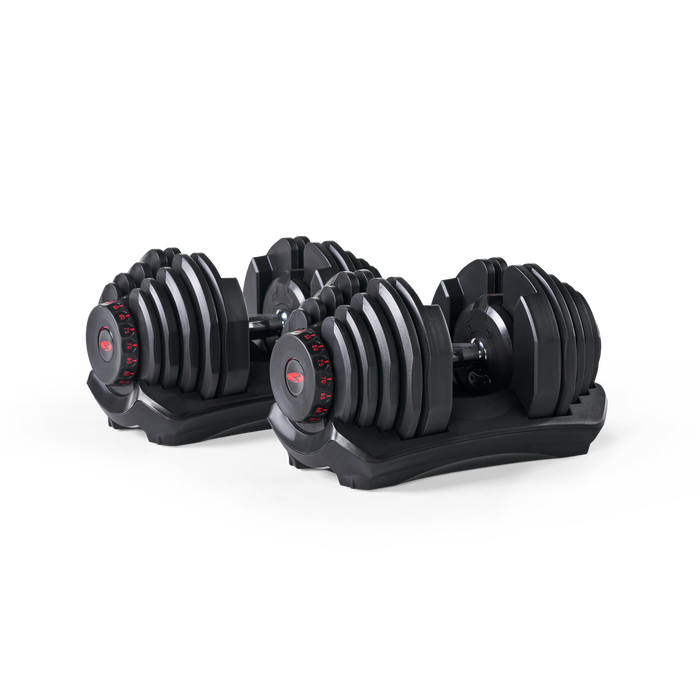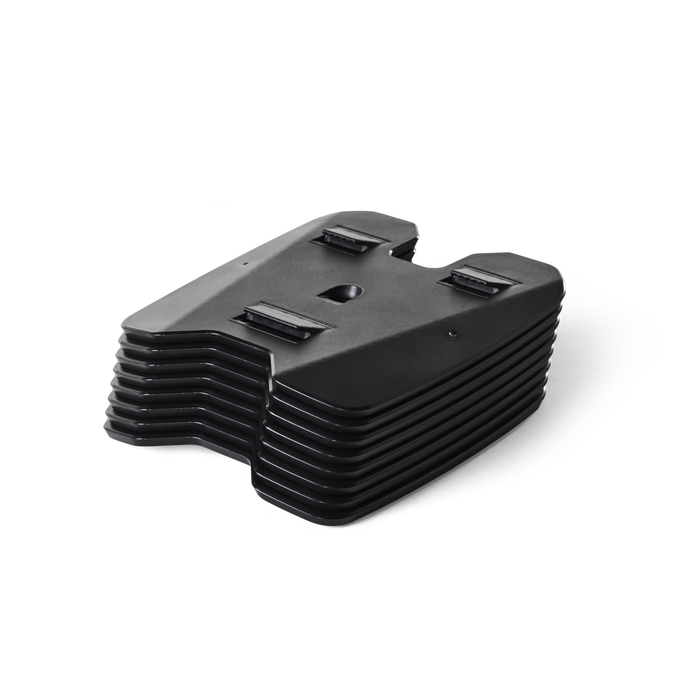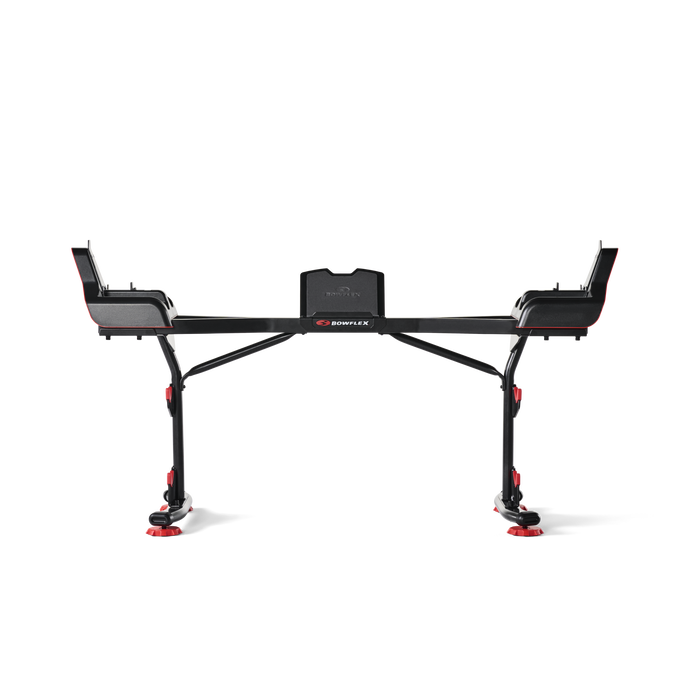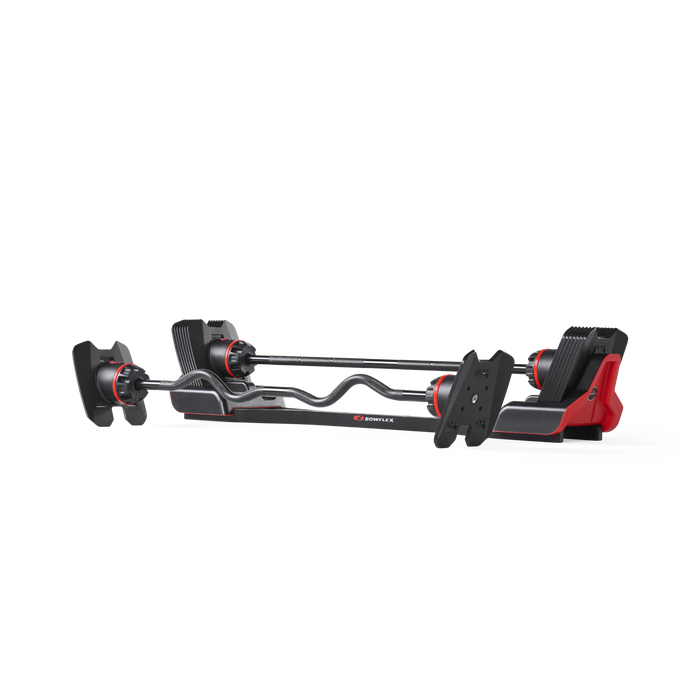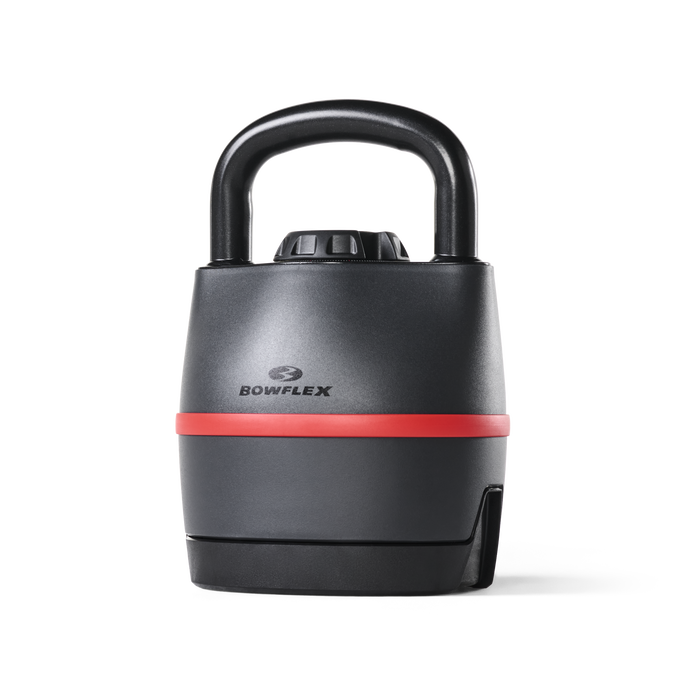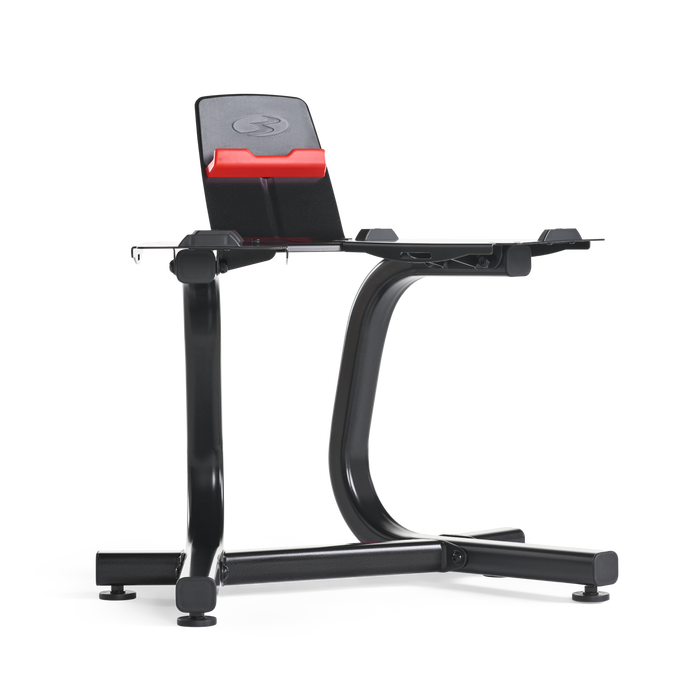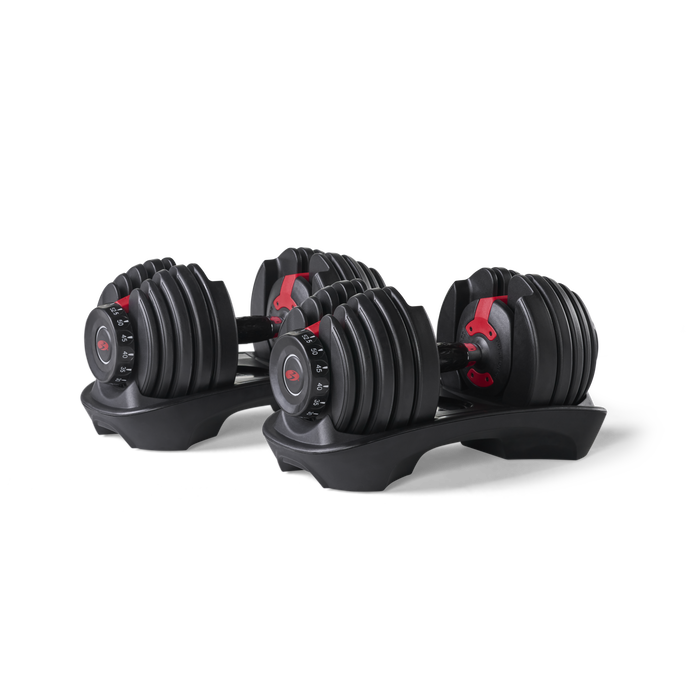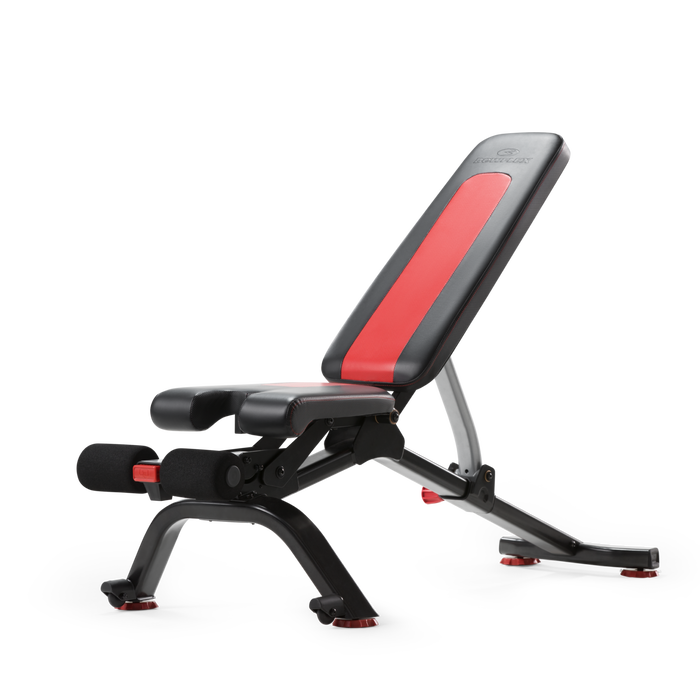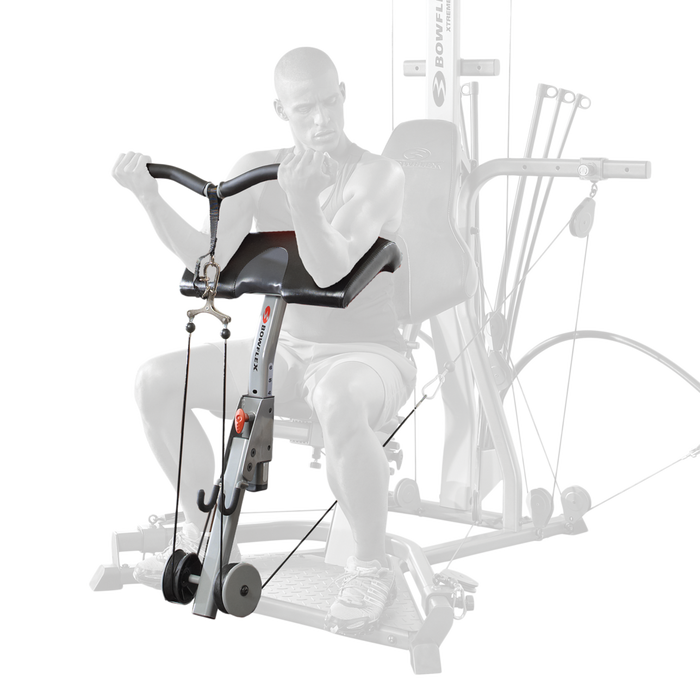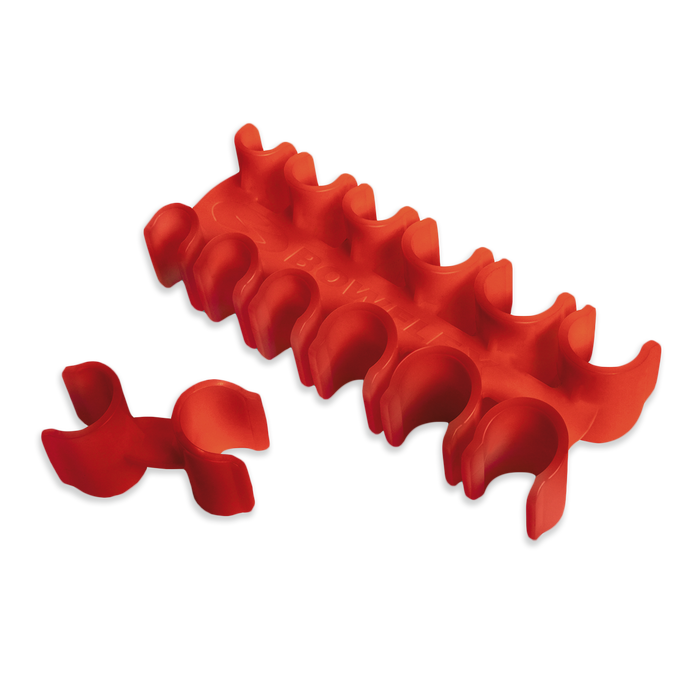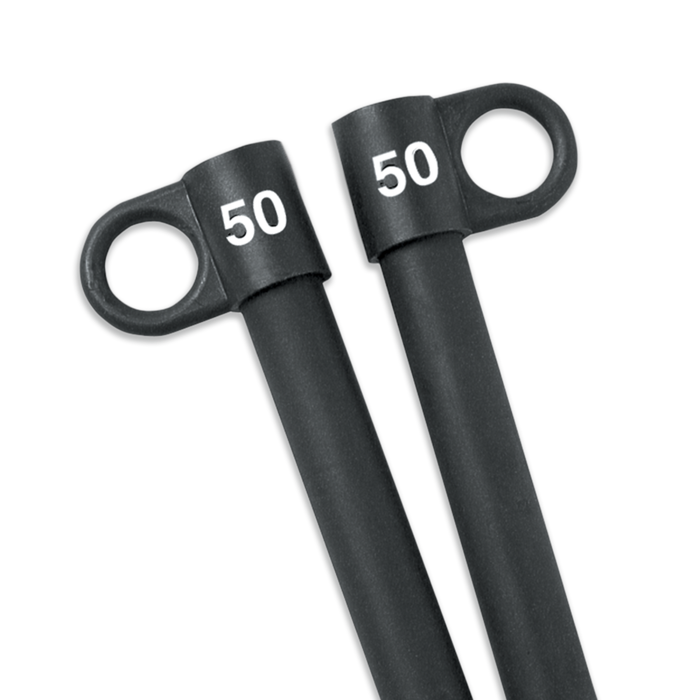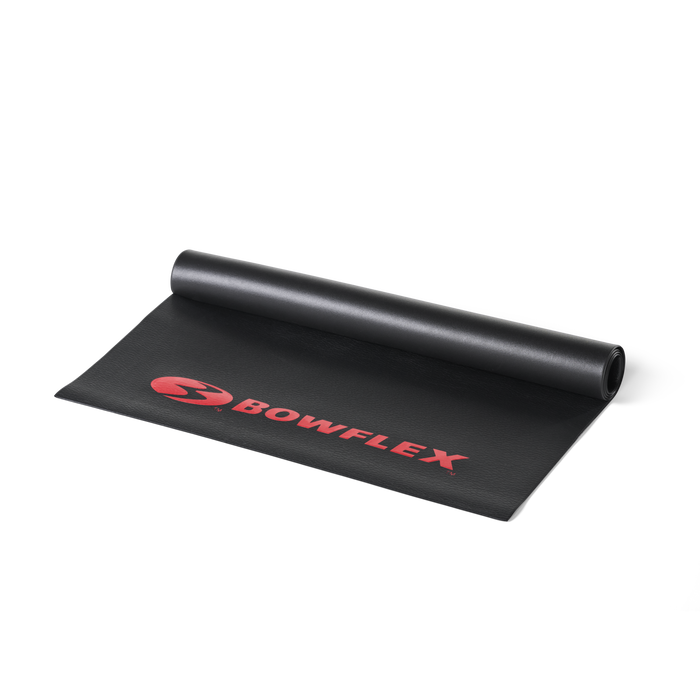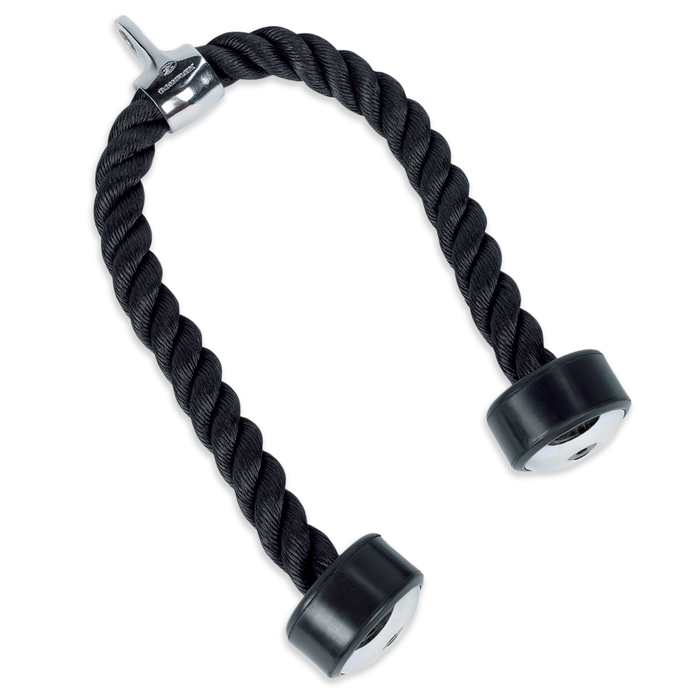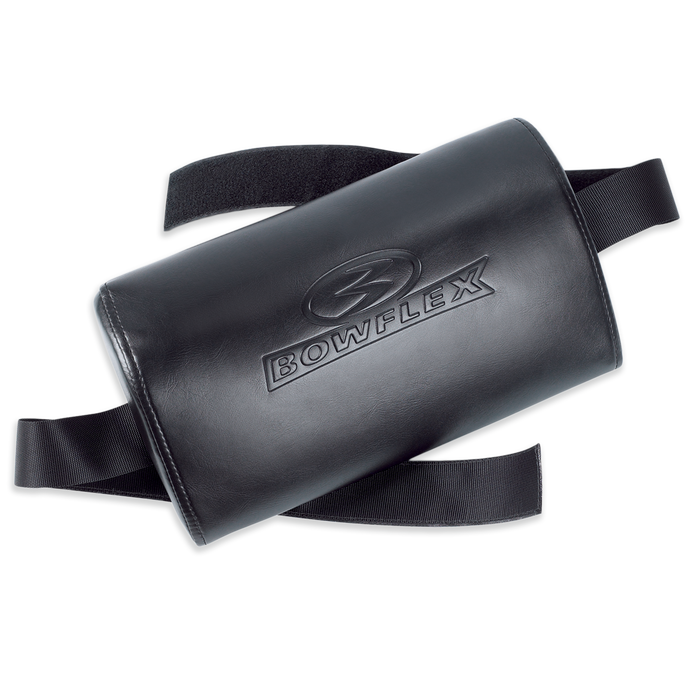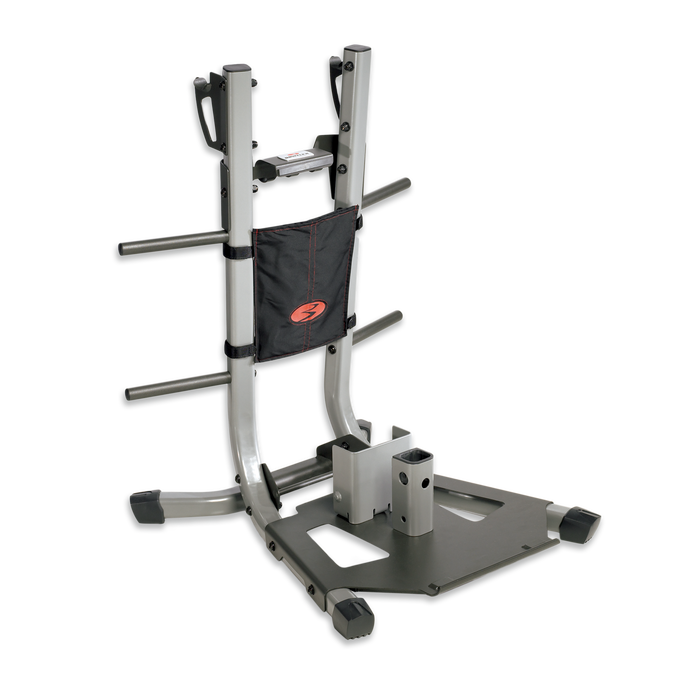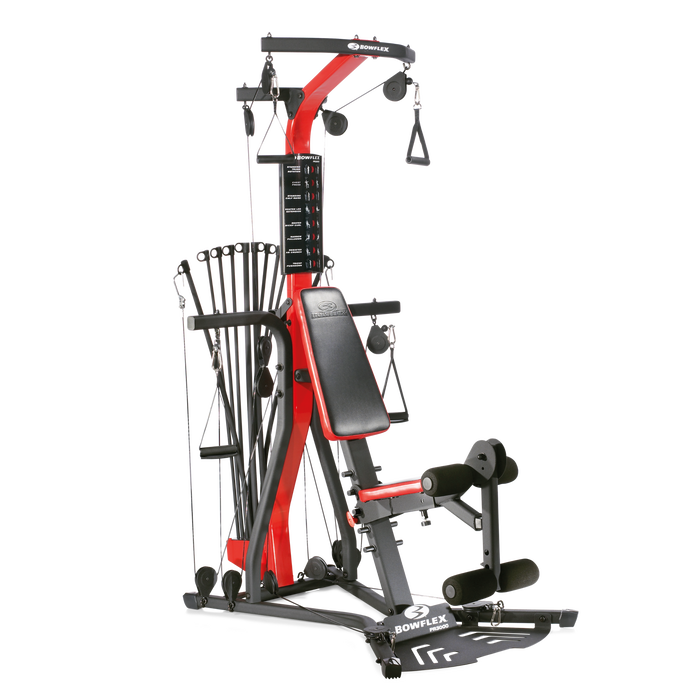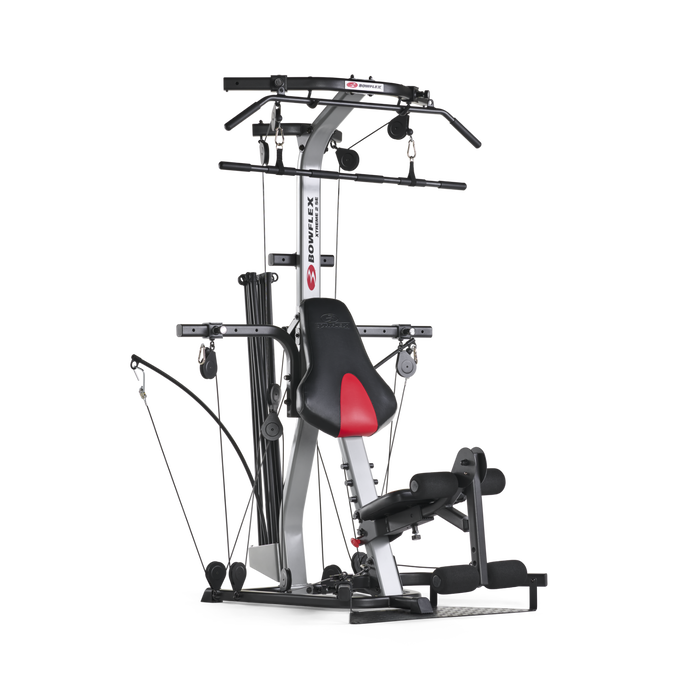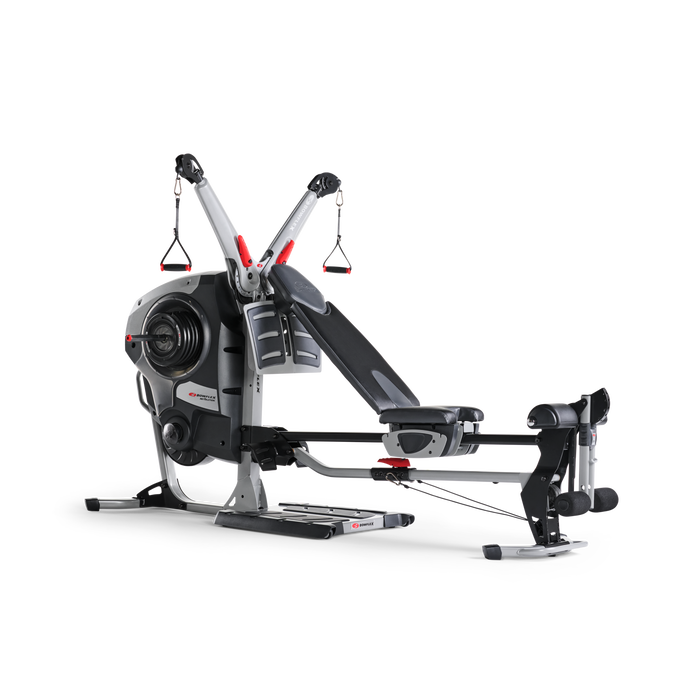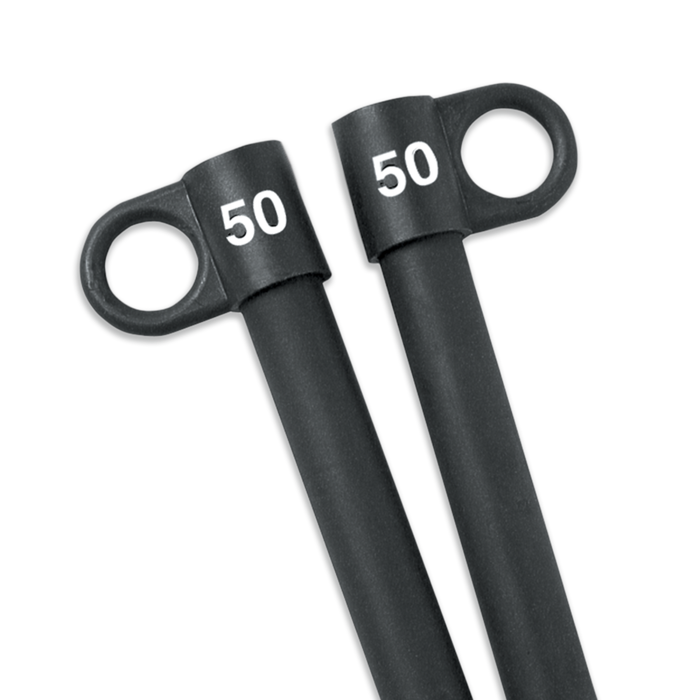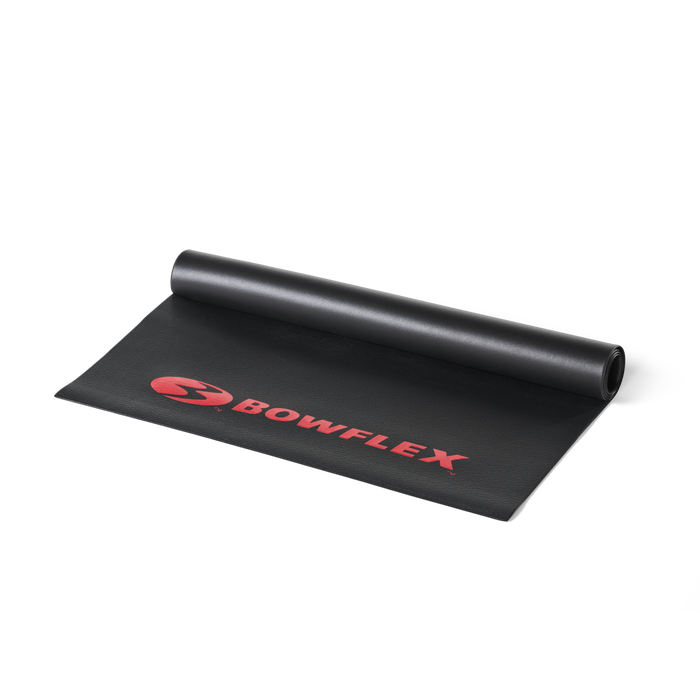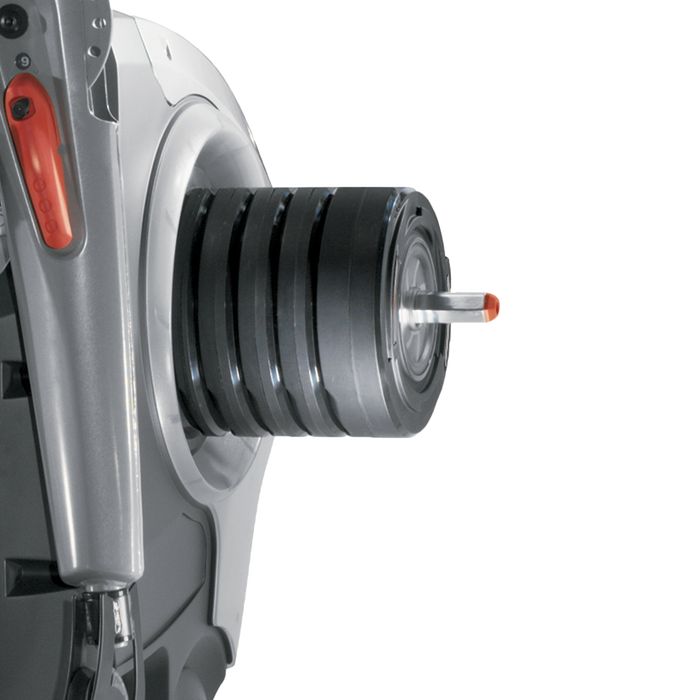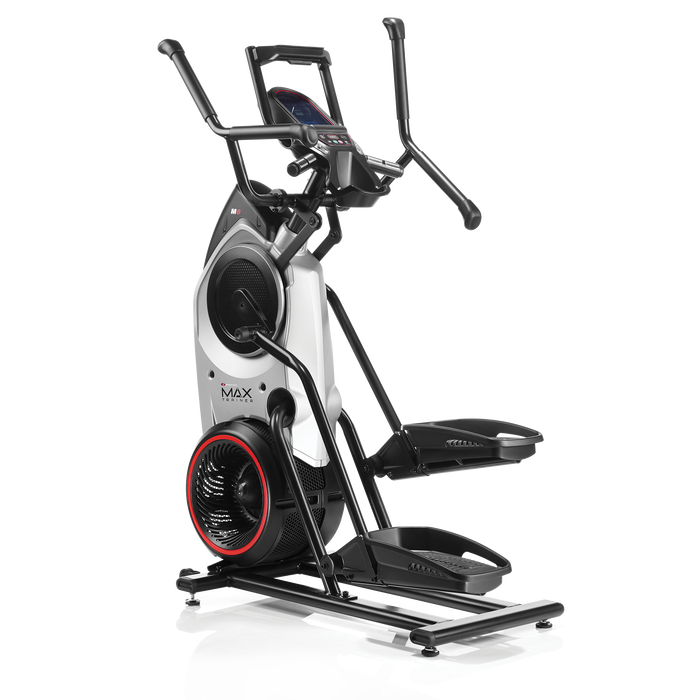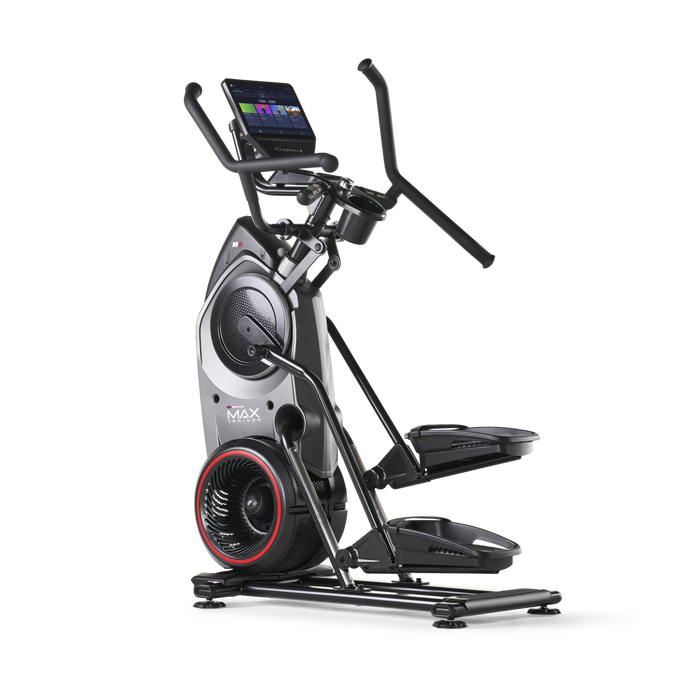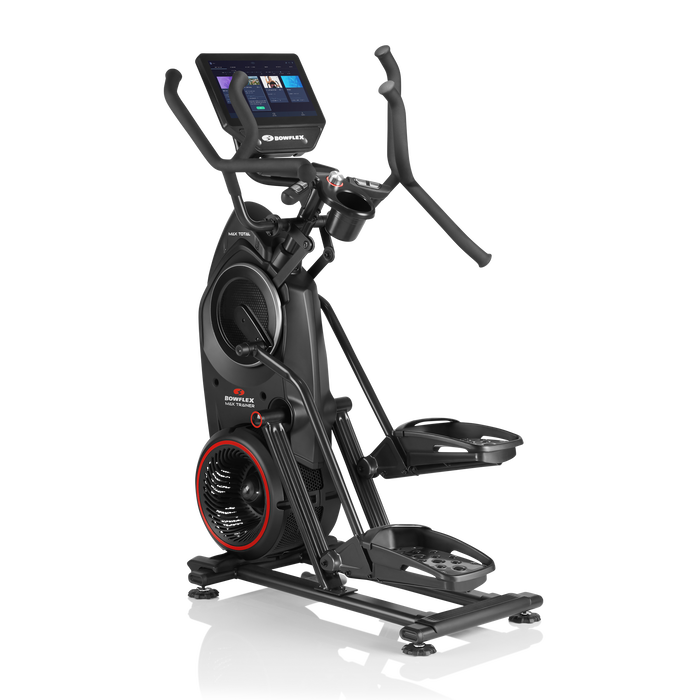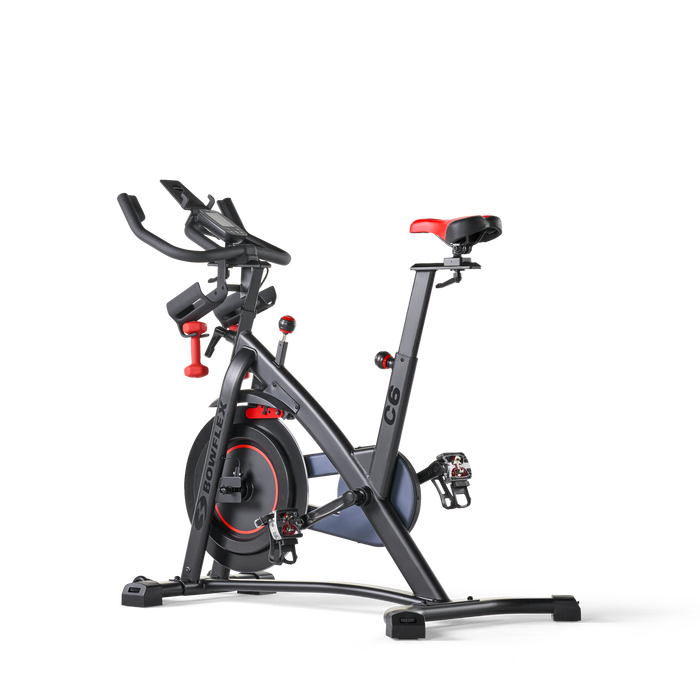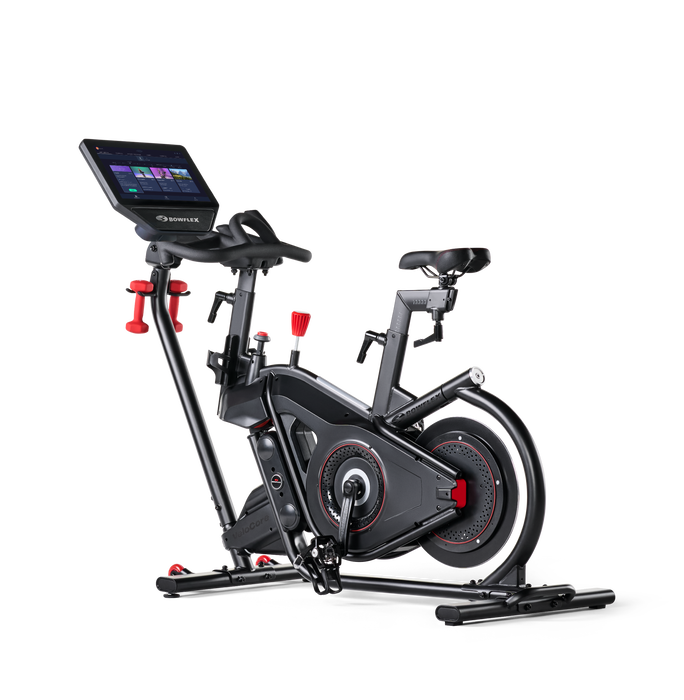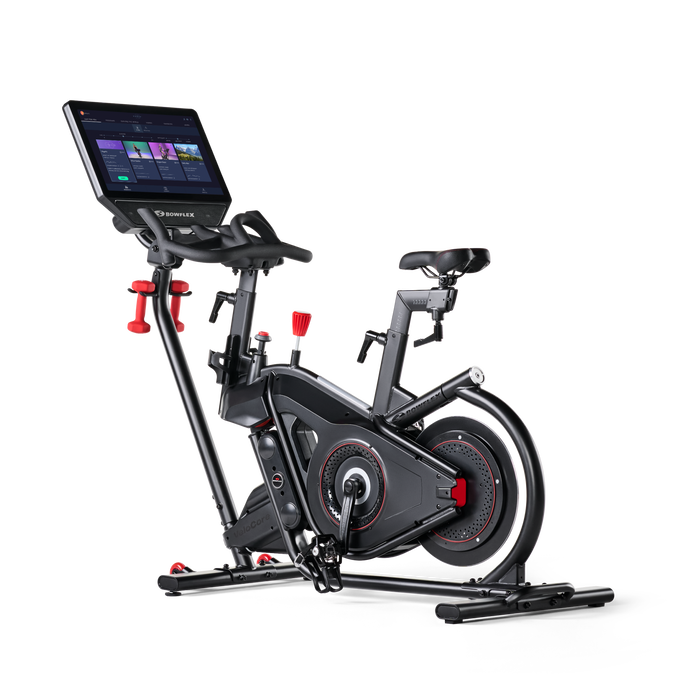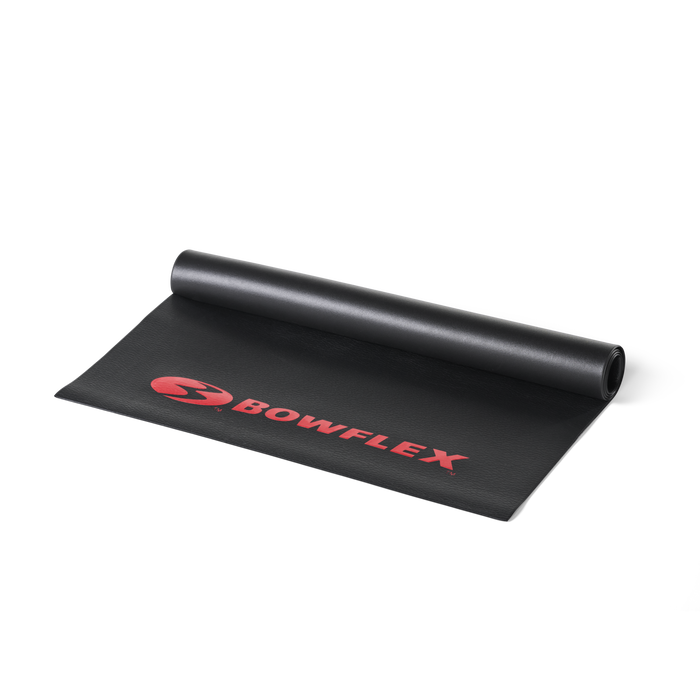What You Should Know About Cardio

Whenever exercise talk turns to cardio, there are a handful of reactions that come up time and time again. People love it or they hate it. Fans of running mile after endless mile without as much as a second thought. They enjoy it. For these individuals running is a way of life. On the other hand, cardio-haters pound the pavement in an effort to drop a few pounds. And most of those who do, aren't exactly enthused. They do it because they have to. Running is nothing more than a means to an end.
In both instances, the terms "cardio" and "running" are used interchangeably. They are thought to be one and the same. There's nothing wrong with this belief. Technically speaking running is cardio. However, this mindset creates a bit of a misunderstanding. Mainly that long, slow workouts are the only - or best - way to run, which isn't the case. When it comes to cardio, there is more than one way to get the job done.
What you should know about cardio
Before we dive head-first into the cardio conundrum, let's get on the same page. Cardio is short for cardiovascular. It involves the lungs and the heart. Our body demands more oxygen as it tries to support an increase in energy output.
Yes, a three, five, or fifteen-mile run falls into this category, but so does walking at a brisk pace. For instance, a bodybuilder walks on a BowFlex TreadClimber for 30 minutes and calls it cardio. A marathon runner, who routinely racks one hundred miles a week, laughs out loud at this musclebound speed walker.
So who's in the right? They both are! Cardio is different things to different people. The trick is choosing the form of cardio that works best for you.
Anaerobic vs. aerobic
Anaerobic means the “absence of oxygen” and aerobic means “with oxygen.”
Sprinting is anaerobic. It's hard to catch your breath. You're working so hard that you want to collapse. In contrast, aerobic exercise is what most of us think of when we think of cardio. It's performed over a longer period of time, at a steady pace. You might be breathing heavy, but you can sustain this speed.
Choose your cardio
Now that you know which is which, the question becomes, "which is best?" Well, it's up to you to choose. You could sprint or maintain a steady speed.
- Anaerobic training - Sprint.
It's pretty simple, right? Run hard and then walk. Go all out, then recover. Start with 20 seconds of work, followed by 90 seconds recovery. Keep up this sequence for 15 minutes. Over time, begin to increase the work period, keep the recovery around 90 seconds. Then, increase the duration of the workout from 15 to 20, and then to 30 minutes.
You could also look to include hill sprints or bleacher runs for added variety that will provide a continual challenge. And, when the weather works against you, you can hop on the treadmill or BowFlex Max Trainer and alternate between periods of high-intensity and resting to keep the cardio - and calorie - burn going.
- Aerobic training - run for it, if you want to.
But, there's a catch. If you don't like running, you don't have to run. If you have a burning desire to train for and complete in a marathon, or half-marathon, or triathlon go for it. Follow this guide for starting and maintaining a running program. But, know that endurance sports are not the only way to do cardio.
The best way to get fit - from running to weight training, and everything in between - is to figure out what works best for you.
What do you call cardio? How do you choose to stay fit? Let us know in the comments below.

